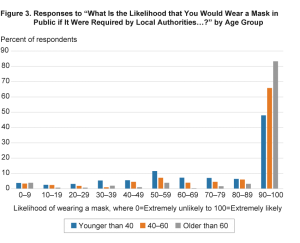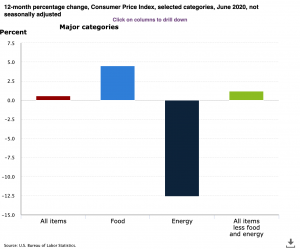The Federal Reserve Bank of Chicago is one of 12 Reserve Banks that together with the Board of Governors in Washington DC and the Federal Open Market Committee (FOMC) comprise the Federal Reserve System. It is also referred to as the Chicago Fed.
The Chicago Fed serves the Seventh Federal Reserve District. The seventh district covers the northern portions of Illinois and Indiana, southern Wisconsin, the Lower Peninsula of Michigan, and the state of Iowa.
Federal Reserve Bank of Chicago participates in the formulation and implementation of national monetary policy; supervises and regulates state member banks, bank holding companies and foreign bank branches; and provides financial services to depository institutions and the U.S. government.



